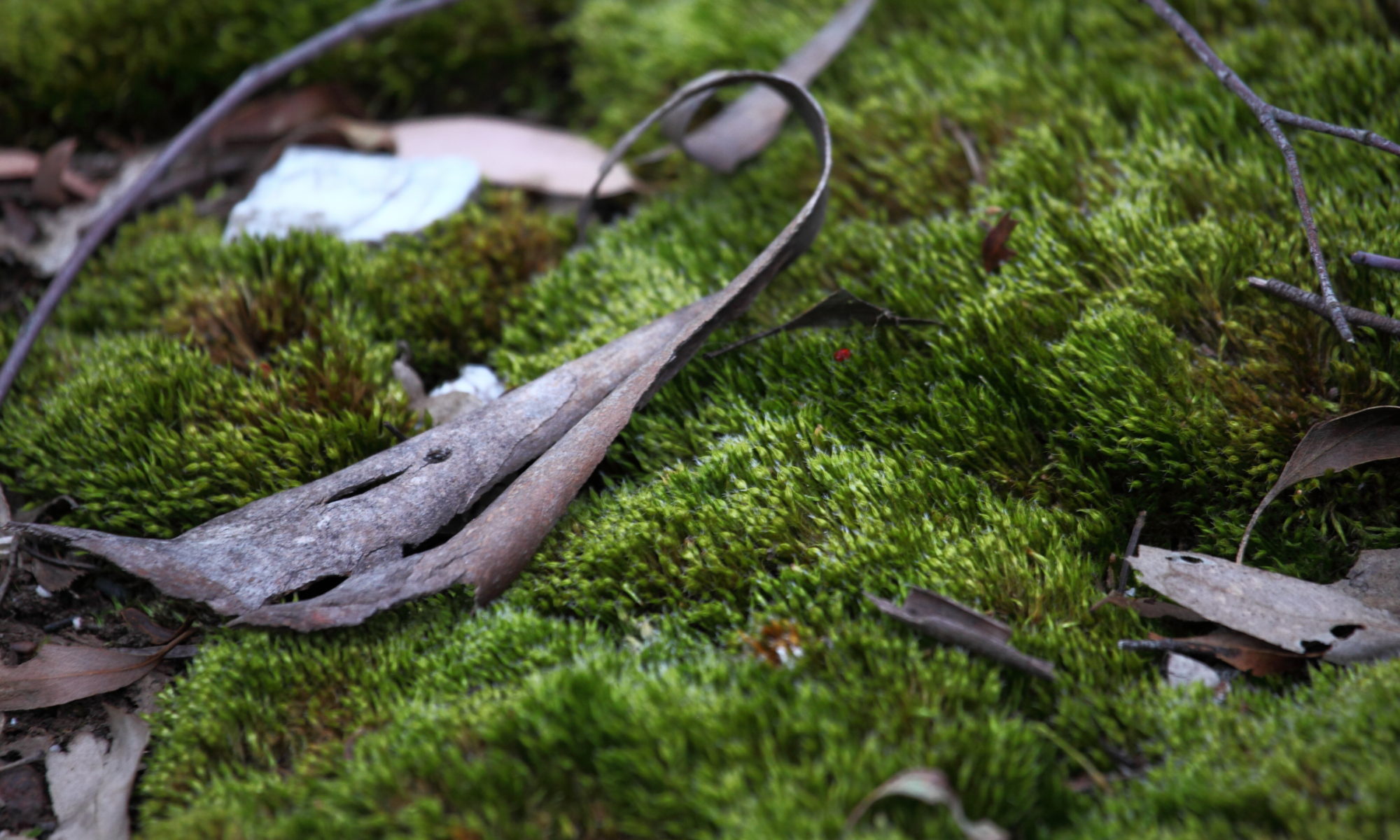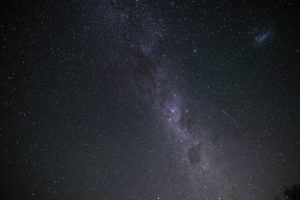The great joy of my job is that Nature is so unpredictable. Its not just us humans that get it wrong but sometimes animals and insects are in the wrong place at the right time or the right place at the wrong time too. Robert Burns poem To A Mouse puts it so well.
The best-laid schemes o’ mice an’ men
Gang aft agley,
An’ lea’e us nought but grief an’ pain,
For promis’d joy!
The Koala, these gum leaf munching machines are pretty laid back normally. They tend to be seen napping the days away comfortable in the fork of a tree. Not a lot happens in a average Koala’s day, but then life in the trees can have its moments. The poor male in this weeks clip was trying to nap, as Koala’s do and the sudden arrival of the strong winds certainly took him by surprise. He was suddenly in a forest washing machine, lashed by branches and foliage, even as his limb shook and swayed in the gale. He certainly had a tight grip with those sharp long claws.
I was keen to record the Lunar Eclipse. After all they are not that common and I had great plans for how I was going to show it. Well dense cloud put paid to that, I stayed up ever hopeful, after all if you don’t do the time, you will never get the shots you want. It was freezing cold, windy to boot and oh so much cloud. In the end I admit I gave up at about 3am having not seen the moon for about 4hrs and it had well passed totality. Next time perhaps.
I did get all excited about the ants. If you have never seen Alates swarm it is a pretty amazing process, they erupt into the air from their holes in spectacular fashion, almost as if they were being flushed out of their holes by a leaf blower. I must admit I was pretty excited to see the build up to this happening and had all the gear ready to go. But they came, they tested the air and returned to their holes. Perhaps I will see it happen, I am certainly keeping watch on the ants in the evenings. Fingers crossed.
And then dumb luck, I find a Large Phasmatid, or stick insect. This is one big bug, she is a whopper, 200mm body length, and then all legs. I am trying to identify her but it is not easy. I am certain she is a she, females have short wings and cannot fly. There is no way this girl could fly with the wings she has. I found it really interesting that she only moved when the wind was blowing and the tree moving. In still conditions she just sat still, smart defense, only move when the other sicks are moving. It sure makes it hard to film as she does nothing when the tree is still, not even feeding.
Hope you enjoy this week, remember to subscribe to this blog if you want notification whenever I post. Remember this is a work in progress and I would appreciate any feedback you care to give, lets make this as good a site as we can. Cheers for this week.

